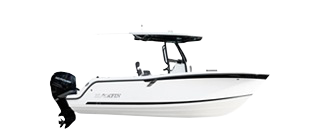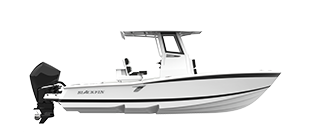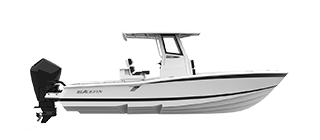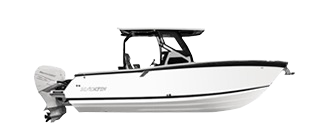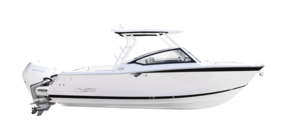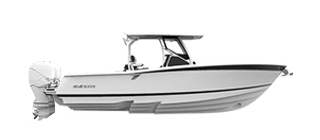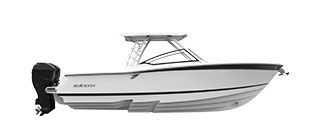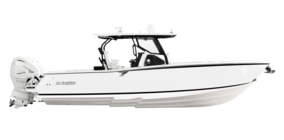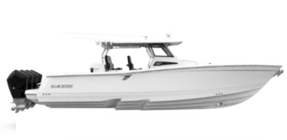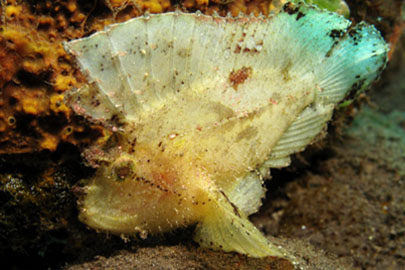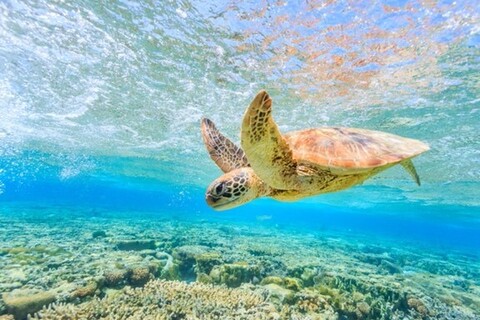
Of all the colorful creatures that call the world’s oceans “home,” there’s none quite like the majestic sea turtle. Not only can the sea turtle live long on its own — with a natural lifespan of up to 100 years! — but it has also existed for a serious chunk of time as a species, dating all the way back to the days of the dinosaurs.
Us anglers, by contrast, have been cruising the ocean for just a tiny fraction of that time. But there are many ways we can help protect and respect the sea turtles’ underwater home as we fish — this summer and all year long.
In honor of World Sea Turtle Day on June 16, we’re taking a closer look at how you can safely share the water with these one-of-a-kind creatures as you navigate your Blackfin fishing boat! Just read on to learn more.
Know How To Spot Sea Turtles, & Cast Accordingly
One of the best ways you can help sea turtles while you’re fishing this summer is to know how to spot them from the surface! After all, by knowing where turtles are, you can help them in a major way by better keeping their path clear.
So, how can you identify a sea turtle while they’re still underwater? After all, while sea turtles do breathe air, they don’t need to do so quite as frequently as us humans — so they’re not super likely to come up and say “hello.”
However, one way to identify a sea turtle nearby is to keep your eye out for the flash of its shadow — a helpful giveaway, since the sea turtle is a pretty big creature as far as marine animals go!
Another tip is to practice caution in areas where sea turtles might be hanging out. According to the Turtle Hospital in Marathon, Florida, you can wear polarized sunglasses to help make sea turtles more visible (as a bonus, these shades help you detect fish beneath the surface as well — making them great for anglers eyeing their next catch). The hospital also recommends slowing down and staying alert when passing through sea grass, patches of shallow water, and even deep water when it’s particularly calm out.
In Case Of An Accidental Catch...
Wondering what to do if a sea turtle shows up at the end of your line? The National Oceanic And Atmospheric Administration (or NOAA) says that anglers should call the Marine Animal Response Hotline for advice — adding that they can carefully reel in the turtle to cut the line as close as possible to its body, reducing injury risk. The hook should generally be left in place, according to NOAA, but the line is most important to address.
Clean Your Bait & Tackle Properly
Helping to maintain a pristine marine environment is good for fish, your fellow anglers, and, of course, sea turtles. For starters, NOAA recommends using live bait because it’s less attractive to sea turtles. (Fortunately, many of the monster sportfish you’ll be targeting can’t get enough of the stuff!)
NOAA adds that anglers should retrieve any line or tackle that may fall into the water, so that an unsuspecting sea turtle doesn’t get caught up in it. As a bonus to this tip, you’ll want to clean your catch or prepare your bait in an environment that’s removed from potential sea turtles — since this will help prevent them from wanting to approach your boat, or snack on something that’s less than ideal for their bodies. Fortunately, Blackfin features such as our tackle rigging stations and other amenities help provide plenty of room for gearing up in a way that’s safe for sea turtles.
Mind The Beach, Too
Taking a beach break to do some surf fishing, or simply soak up some downtime on the sand? Your support of the sea turtles can extend here, as well! For example, beachgoers in The Sunshine State are familiar with sea turtle nesting season — the time of year that spans from spring through fall (aka, right now) when sea turtles lay their nests, and young hatchlings make their way out to sea. At this time of year, not only should beachgoers avoid contact with nest sites, but they are also advised to keep bright beach lights down so that baby sea turtles don’t get confused and move inland — rather, they should move toward the natural moonlight over the water where the next stage of their life journey awaits!
We hope that today’s guide helps you appreciate the mighty sea turtle in an all-new way. As anglers, of course, we’re always excited by the sight of a powerful sportfish leaping from the water — but as the sea turtle proves, there’s an enormous biodiversity beneath the surface, too.
Bookmark & Share
User Comments
Be the first to comment on this post below!
Previous Article
Most Popular Articles
- Blackfin Fishing Boats - The Legend Lives On | Blackfin Boats
- Blackfin 272 CC Boat Test - By Lakeland Boating Magazine
- May Fish Trial of the Blackfin 272CC Model | Blackfin Boats
- Ten Ways to Keep Your Blackfin Upholstery Like New | Blackfin Boats
- Blackfin Boats Premier Debut Event
- Artistry in Cleats Can Make or Break a Fishing Trip | Blackfin Boats
- The Blackfin 272CC ? Ranked Among The Very Best Fishing Boats of 2018!
- How to Acquire Your Boat Captain?s License in Florida


